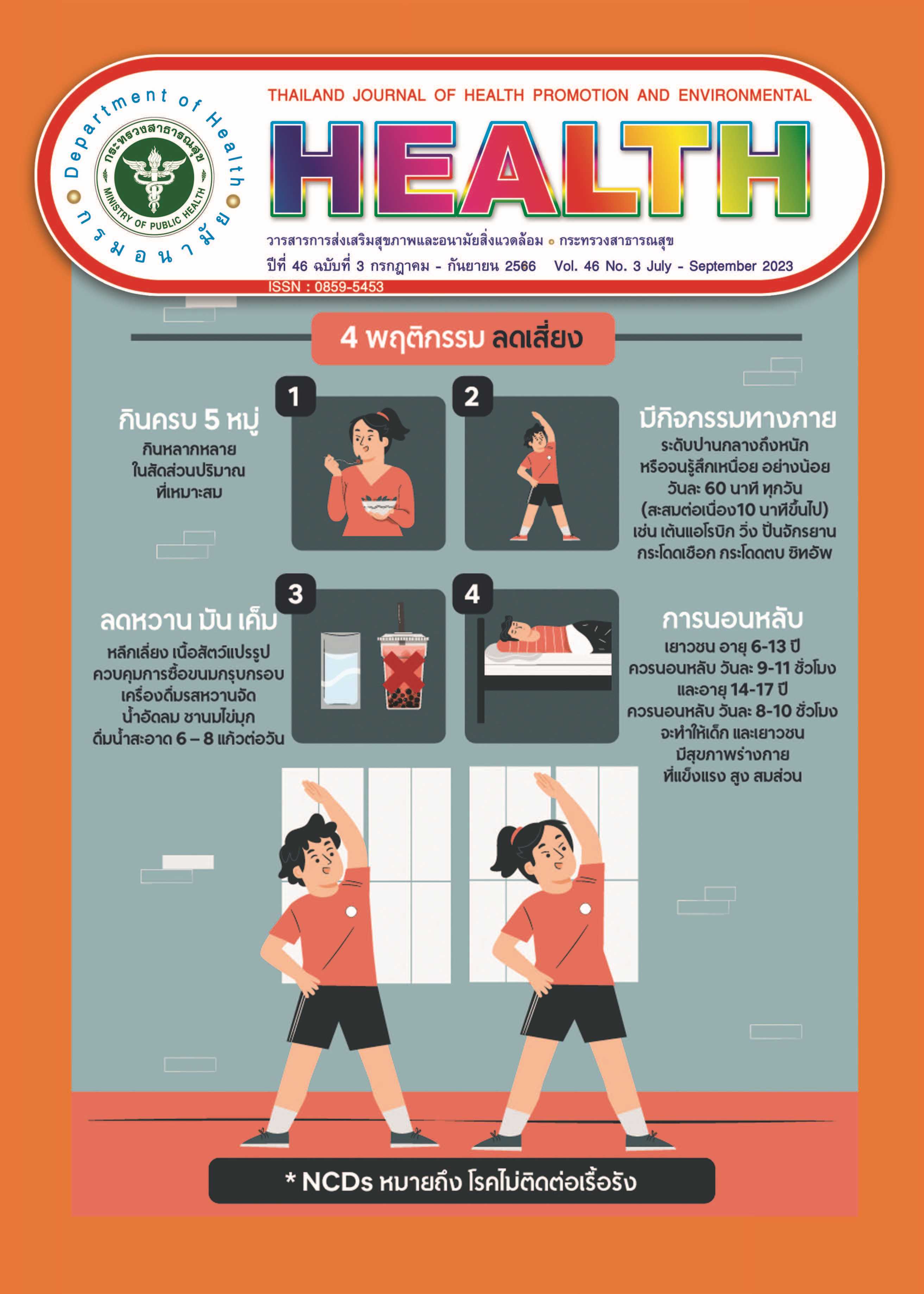Development of Medical Waste Management System for Hospitals in Thailand
Keywords:
Medical Waste Management, Medical Waste, Infectious Waste, Hazardous Waste, HospitalAbstract
This mixed-methods research design primarily aimed at developing a medical waste management system for hospitals. The study spanned from 2019 to 2021 and was divided into three phases. The initial phase involved an investigation into the medical waste management practices within hospitals. Qualitative data were gathered from a diverse set of 10 hospitals, encompassing varying sizes and levels of healthcare facilities. A questionnaire was administered to collect health-related information from 200 waste management personnel. Furthermore, quantitative data were obtained through surveys conducted across 377 hospitals of varying sizes and levels. These collected data were subsequently analyzed to progress to the second phase, which focused on research and development aimed at creating digital tools for the management of hazardous waste. Additionally, during this phase, an appropriate medical waste management model tailored for hospitals was developed. The third phase encompassed the implementation and evaluation of the developed digital tools and the medical waste management model. Both qualitative and quantitative data were analyzed in accordance with the study's objectives. The findings revealed that most hospitals had a designated team responsible for healthcare waste management, typically operating in the form of a committee with varying titles. Concerning waste categorization, most of hospitals classified waste into five categories: infectious waste, general waste, hazardous waste, recyclable waste, and organic waste. General waste was found to be the most prevalent waste type generated. The waste generation rate ranged from 0.23 to 1.89 kilograms per service. Regarding wastewater management, the hospital's wastewater generation rate varied from 0.09 to 5.00 cubic meters per bed-day. Health-related information indicated that employee healthcare behavior and occupational disease prevention were at a high level, with rates of 50% and 66%, respectively. The development of a medical waste management system for hospitals comprised digital tools in the form of software designed for hazardous waste management. Upon implementation in 535 hospitals, it was observed that, as of June 2023, a total of 168,432 kilograms of hazardous waste had been recorded in the program. The predominant type of hazardous waste was medical supplies, accounting for 45% of the total. The hospital's medical waste management model consisted of three key elements: management, necessitating the establishment of policies and roles in waste management; principles of medical waste management, which encompassed segregation, collection, transportation, and disposal; and appropriate approaches to medical waste management, involving correct and safe practices categorized by waste type. Consequently, it is recommended that hospitals adopt a standardized medical waste management system, with a primary focus on waste reduction and source segregation.
Downloads
Published
Issue
Section
License
Copyright (c) 2023 Thailand journal of Health Promotion and Environmental Health

This work is licensed under a Creative Commons Attribution-NonCommercial-NoDerivatives 4.0 International License.

